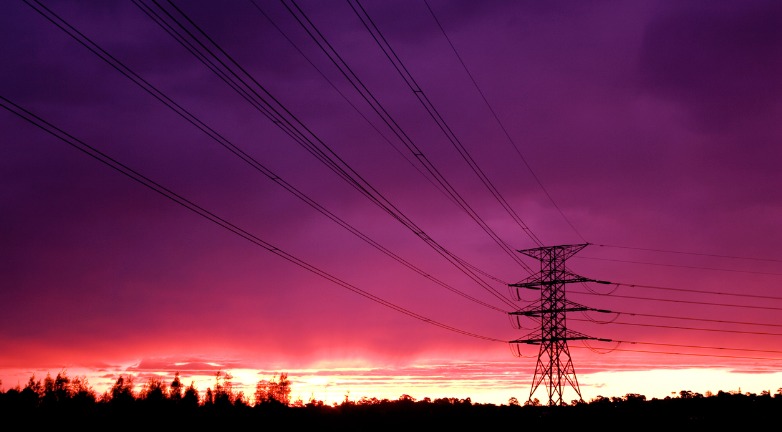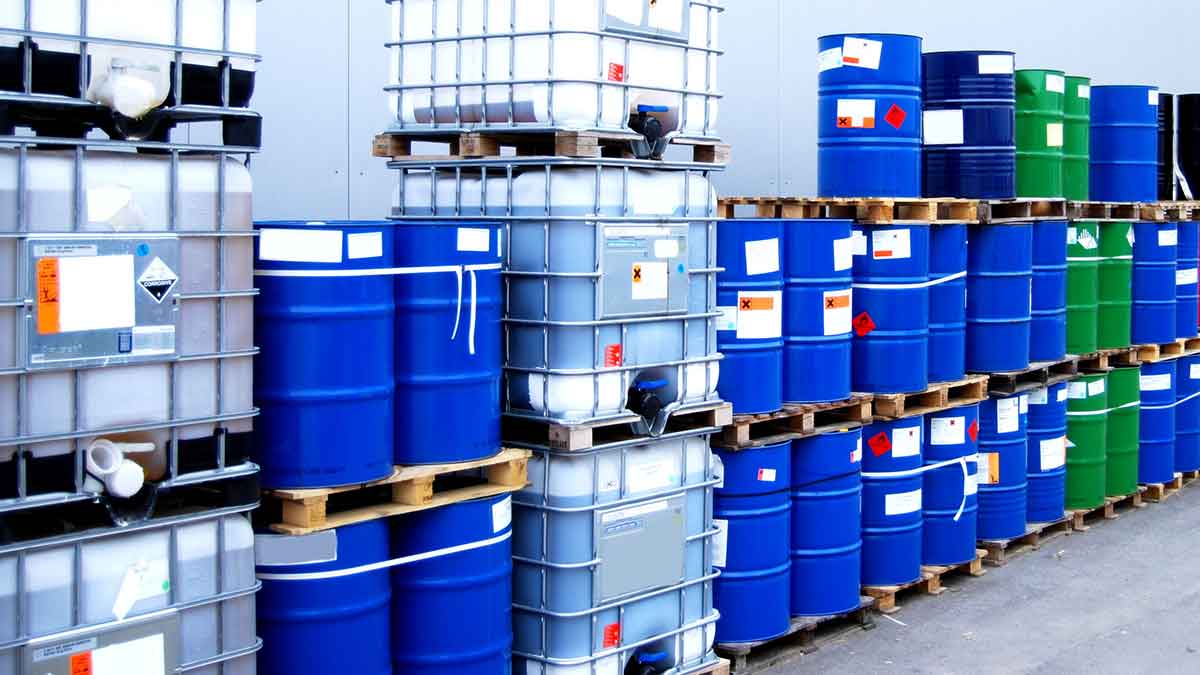Australia is the second-largest exporter of liquefied natural gas (LNG) in the world. However, in spite of its natural resource volume, the country is experiencing its own energy crisis, including frequent blackouts and a lack of domestic reserves. Last week, The Wall Street Journal described the country’s challenges in “How Energy-Rich Australia Exported Its Way into an Energy Crisis.”
The paper reports that last year Australia exported 62 percent of its total LNG output. “Yet its policy makers didn’t ensure enough gas would remain at home,” Rachel Pannett writes. “As exports increased from new LNG facilities in eastern Australia, some state governments let aging coal plants close and accelerated a push toward renewable energy for environmental concerns.”
As a result, some regions in the country were left to rely on gas for power because wind and sun are intermittent. In turn, the price of gas has increased, burdening small businesses and manufacturers. According to The Wall Street Journal, natural gas prices in Queensland, Australia, have gone from below 1 Australian dollar (AU$) per gigajoule in late 2014 to above AU$10 per gigajoule earlier this year to around AU$7 per gigajoule now.
The consequences are devastating and far-reaching. For example, because of rising energy costs, Australia’s largest aluminum smelter cut production and laid off workers. Blackouts destroyed embryos in an in-vitro fertilization clinic that didn’t have a backup generator. And fishermen’s tuna supply went bad because freezers weren’t operating.
Last September, 1.7 million households and businesses in South Australia lost power after tornadoes impaired power lines from Victoria. The state’s own generators couldn’t run at full capacity because of high gas prices and other issues. Therefore, power wasn’t fully restored to the region for 12 days.
Prime Minister Malcolm Turnbull blamed previous Labor governments in a statement emailed to The Wall Street Journal. He said gas export licenses were issued without consideration of the domestic market.
The U.S. Department of Energy expects the United States will become the world’s third-largest LNG exporter – behind Qatar and Australia – by 2020. Some leaders worry the United States will soon face the same challenges as Australia.
Others point to the differences between the countries. “Unlike Australia – which has plentiful gas supplies in its west but no pipelines to get them to its gas-starved east – the U.S. has a large pipeline grid, making it easier to move supplies during shortages,” Pannett writes. “It also has largely avoided the kind of long-term export contracts that trapped Australian companies into giving foreign buyers priority.”
Still, experts say Australia provides a warning, especially because LNG extraction and export is relatively new and markets can shift from what is expected. “There’s no one country that has mastered this,” says Michael Webber, deputy director of the Energy Institute at the University of Texas at Austin, in the article. “We’re all learning from each other.”
Valuable lessons
Before issuing gas export licenses and shutting down coal power plants, Australia’s federal and state governments could have benefited from conducting a risk analysis, which is defined by the APICS Dictionary as “a review of the uncertainty associated with the research, development and production of a product, service or project.”
Risk analysis is a vital component of any company’s supply chain strategy, and that’s why it’s a key element in the APICS body of knowledge. APICS offers a variety of resources to help you learn more about effective risk analysis and risk management. For example, APICS magazine features a range of risk articles. Our Risk Management Education Certificate program prepares supply chain professionals to participate in the development of their companies’ global risk mitigation strategies. In addition, APICS certifications cover risk, in addition to many other important topics. You can find out more about what certification is right for you by visiting apics.org/credentials-education/education-selector/individuals.

07.21.17


